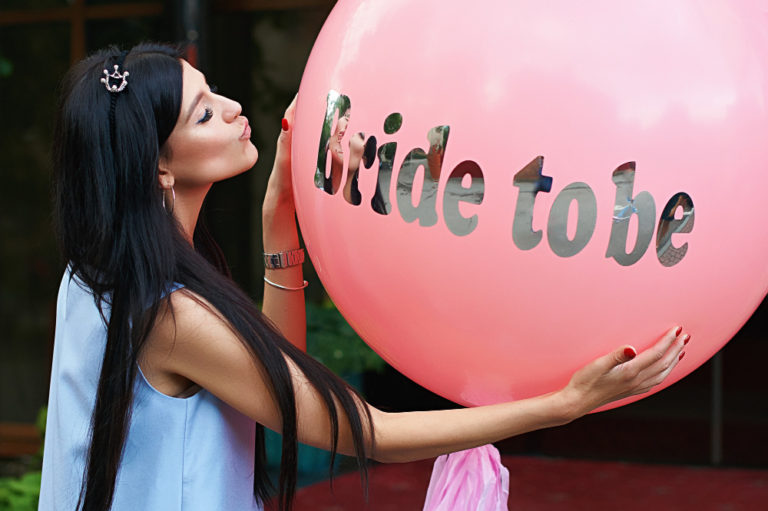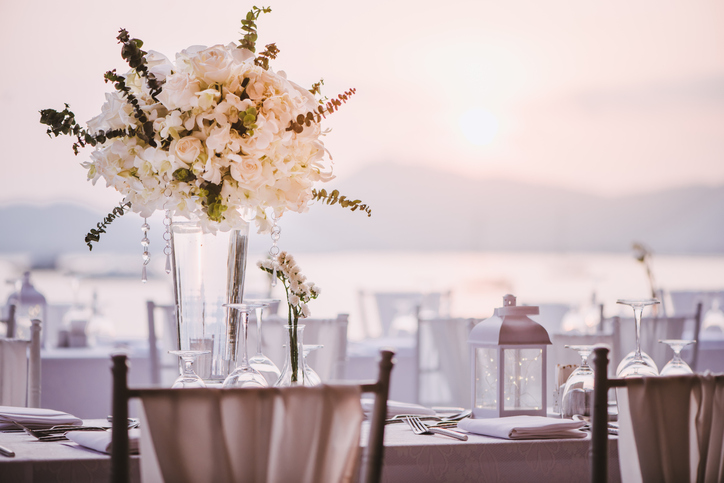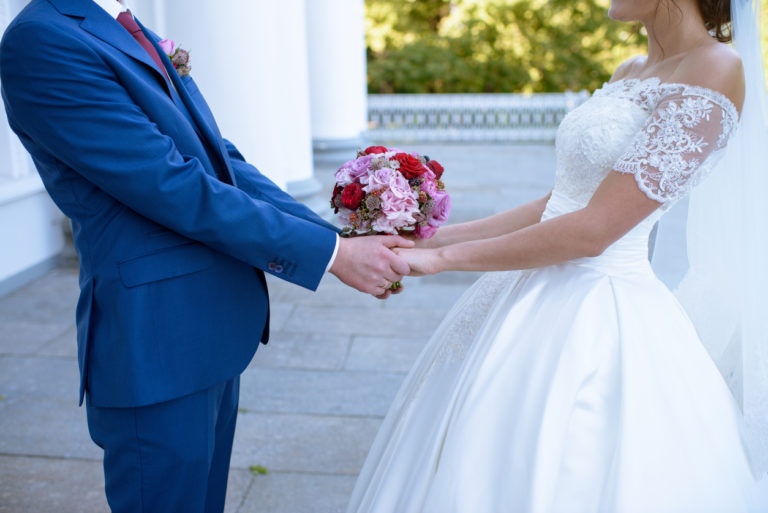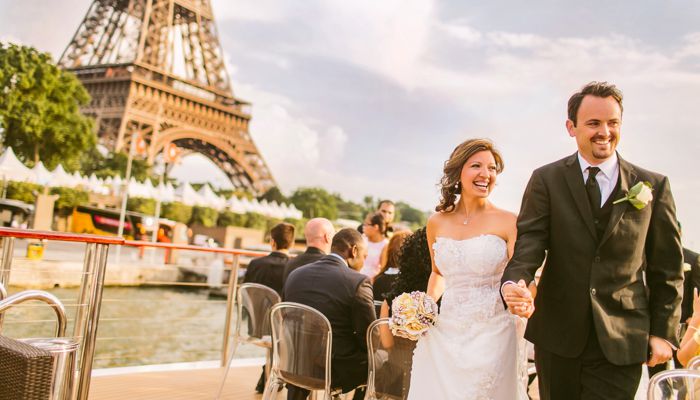Wedding Cake Etiquette and Traditions
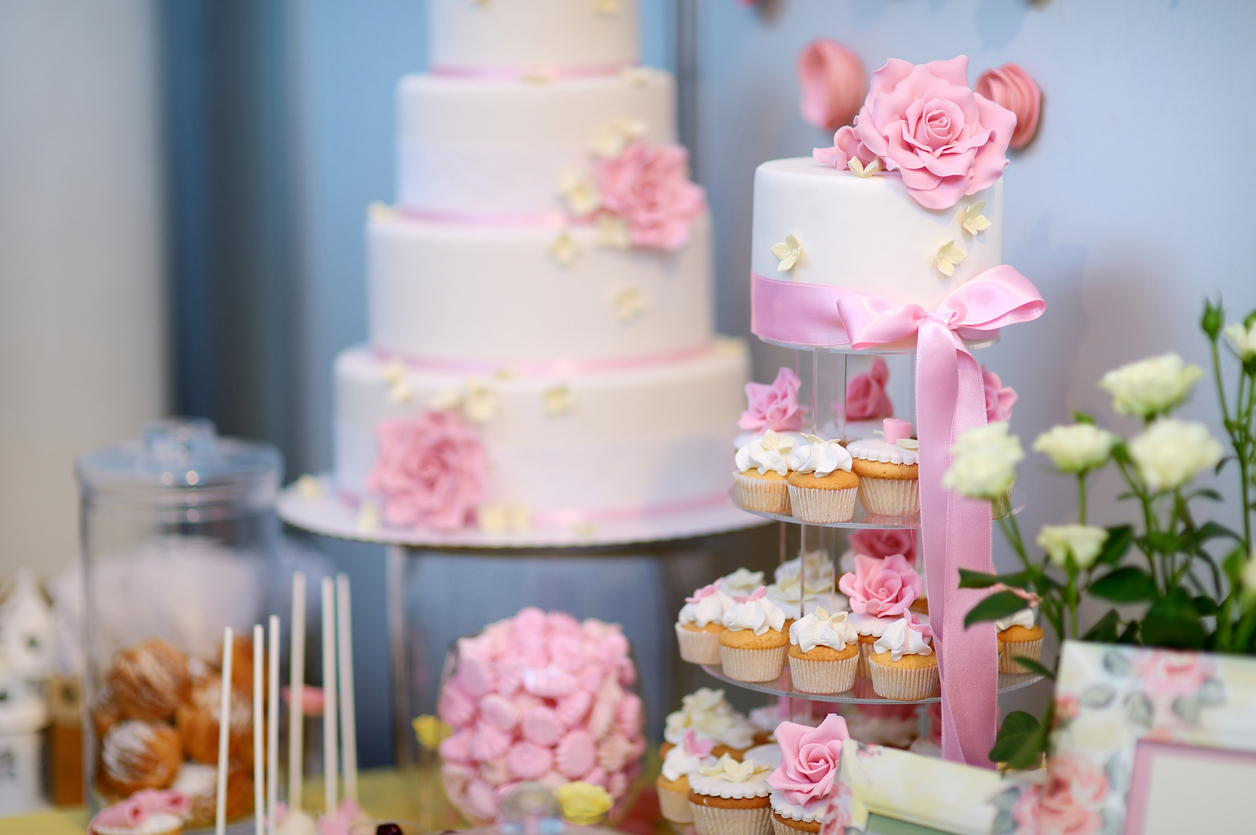
One of the highlights of a beautiful wedding is the cake.

From elaborate towers of sugar, cream and candied flowers to simple, elegant desserts, the wedding cake is a centuries-old tradition that has morphed into a form of artistry and self-expression.
Many of today’s rituals surrounding wedding cakes took their modern form in the Victorian era in England, but have their roots in centuries-old folklore. In ancient Roman times, a loaf of bread was broken over the couple’s heads to ensure fertility. Guests were also treated to servings of dried fruits and nuts (perhaps the lead-in to the classic wedding favor of Jordan almonds), which were sometimes tossed at the couple (later to be replaced by items like flower petals and bits of colored paper and eventually, rice).
According to Gastronomica: The Journal of Food Studies, these Roman traditions became part of the fabric of European heritage when the Romans invaded England in the first century BC. The customs changed over the centuries. In medieval England, a tower of sweet rolls was placed between the bride and groom. If they kissed over the stack of buns without knocking them over, their wedding was blessed with prosperity and good luck. Another Middle Age custom was the bride’s pie, a pastry that could include anything from oysters to mutton and mincemeat. All guests were expected to have a bite.
Over time, the pie was pushed out for cake. Frosted cakes date back to the 1600s, but the wedding cake we know today took shape in the 1800s. The wedding of Queen Victoria to Prince Albert in 1840 began the trend of white cakes, representing virtue and purity.
The groom’s cake also dates back to England’s Victorian era, eventually catching on in the United States. Originally this was a fruitcake, which was sliced up and given to guests to take home as a party favor. Today this cake is a tribute to the groom, who is usually overshadowed by the bride on the wedding day. It’s decorated to reflect his personality and interests and served to guests along with the wedding cake.
While a white cake is still the standard, today’s weddings can include anything from 5-foot towers of sugar and flowers, to fanciful cupcakes or vegan chocolate mousse, all depending on the couple’s preference. However, there are a few tips that will help ensure you and your guests get maximum enjoyment out of this special part of the wedding celebration.
1. Consider the Timing
No guest wants to miss this important part of the wedding. The cake-cutting used to be a sign that the event was coming to a close and guests could leave. Today it’s customary to cut the cake after dinner and before the band or music begin. This helps in three ways: the photographer is still there to capture the moment, those who aren’t up for a late evening can politely go after eating cake and those who stay can focus on dancing without interruption.
2. Do it Together
One of the symbolic gestures associated with the cake is the cutting of the first slice. The bride’s hand is on the knife, and the groom’s hand is on hers, providing a gentle assist and signifying they are committed to helping each other. The groom feeds the first bite to the bride, then she will follow by feeding him a bite. This symbolizes they will provide for each other in their marriage.
For those inclined to the dubious act of smashing cake into each other’s faces, discuss your plans with each other ahead of time so there are no surprises at this important moment. Consider the implications of doing so – goodbye flawless makeup, hello frosting stains – and have plenty of napkins available. Think also about the message you are sending your new spouse. One pastor who has officiated at many weddings claims to successfully predict the couple’s odds of divorce by the way couples exchange their first bite of cake.
3. Enjoy
Let your caterer cut and serve the cake, perhaps with a champagne toast. It’s considered back luck for guests to leave without tasting the cake – gratefully only a superstition for those who are avoiding sugar. Any leftover cake can be boxed and sent home with guests or kept for the couple to enjoy later. If you opt to save the top tier of the cake for your one-year anniversary, remove any fresh flowers and wrap it well so it stays fresh for the next 365 days in the freezer.
You may also like Wedding Etiquette: Commonly Asked Questions Part I. For more of Diane’s etiquette tips read her posts on Inc., subscribe to her articles on Huff Post, “like” The Protocol School of Texas on Facebook, and follow her on Pinterest, Instagram and Twitter. Buy her new book, Modern Etiquette for a Better Life.


